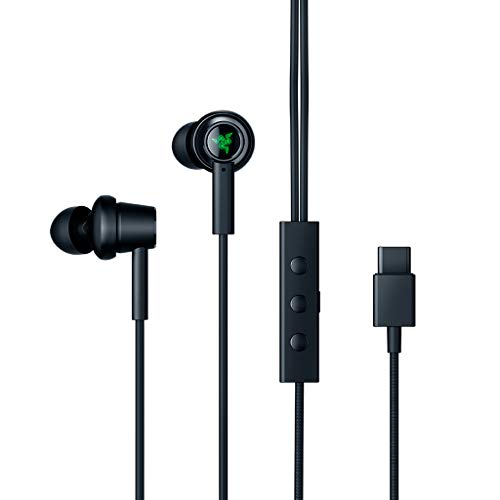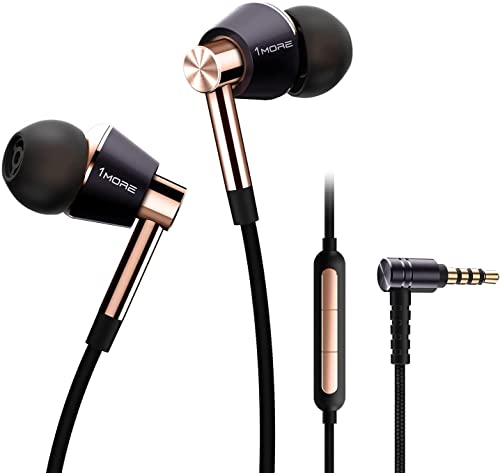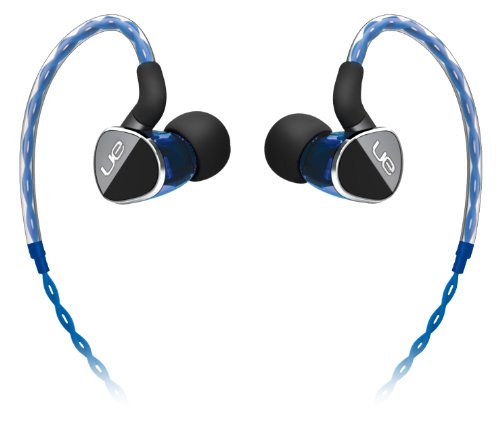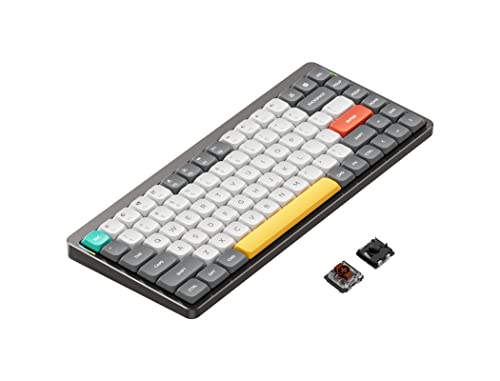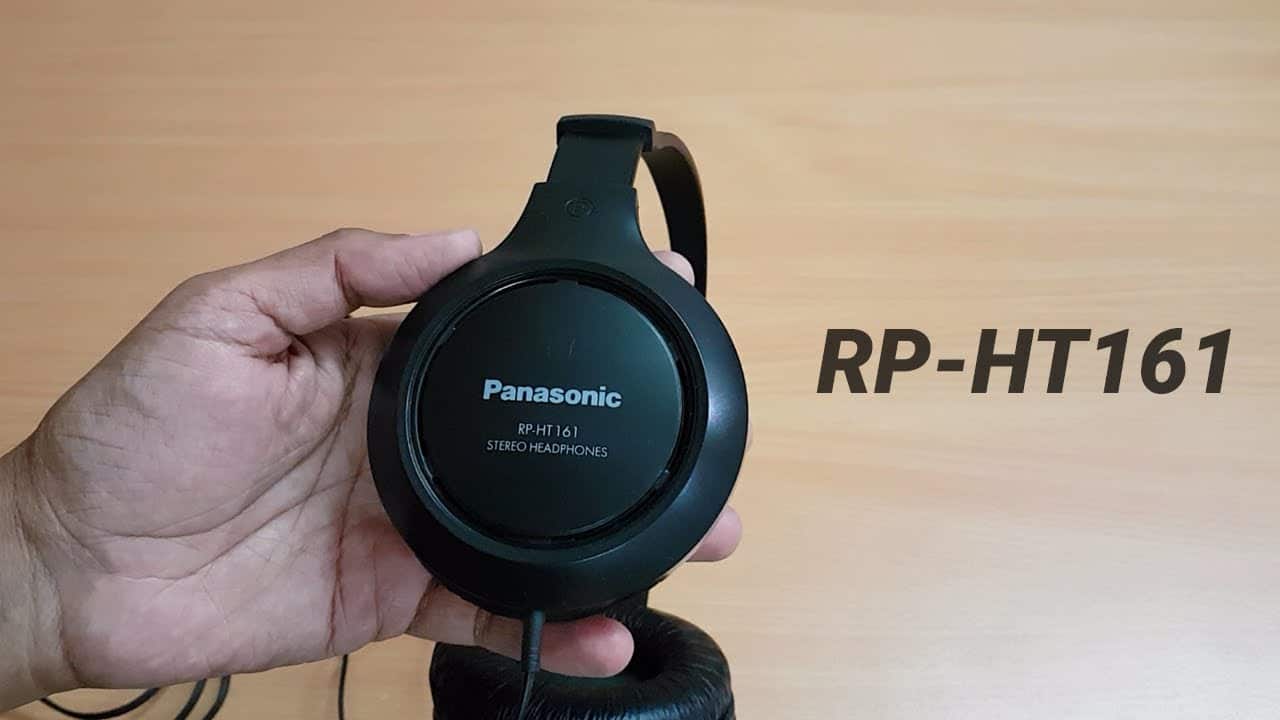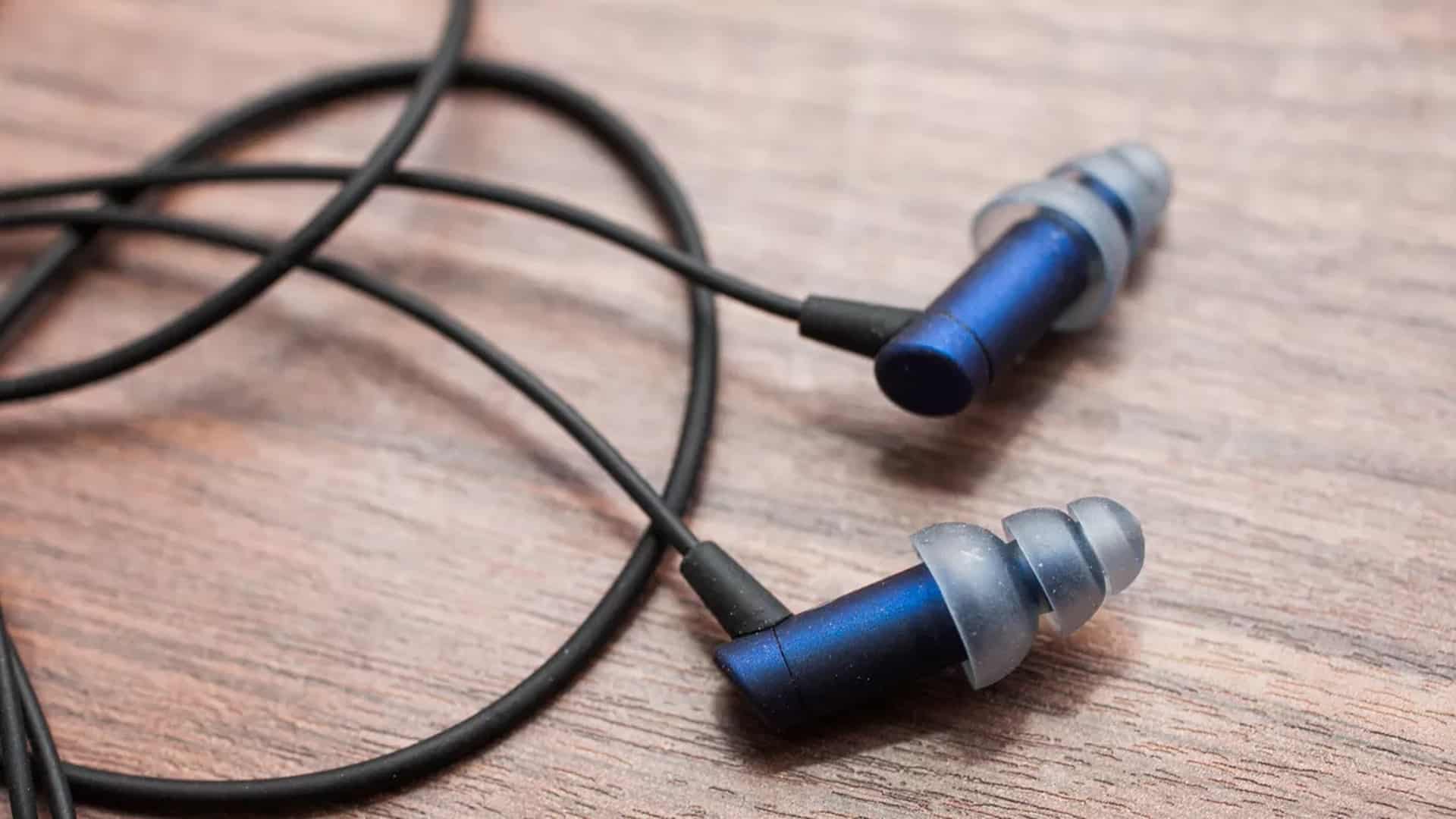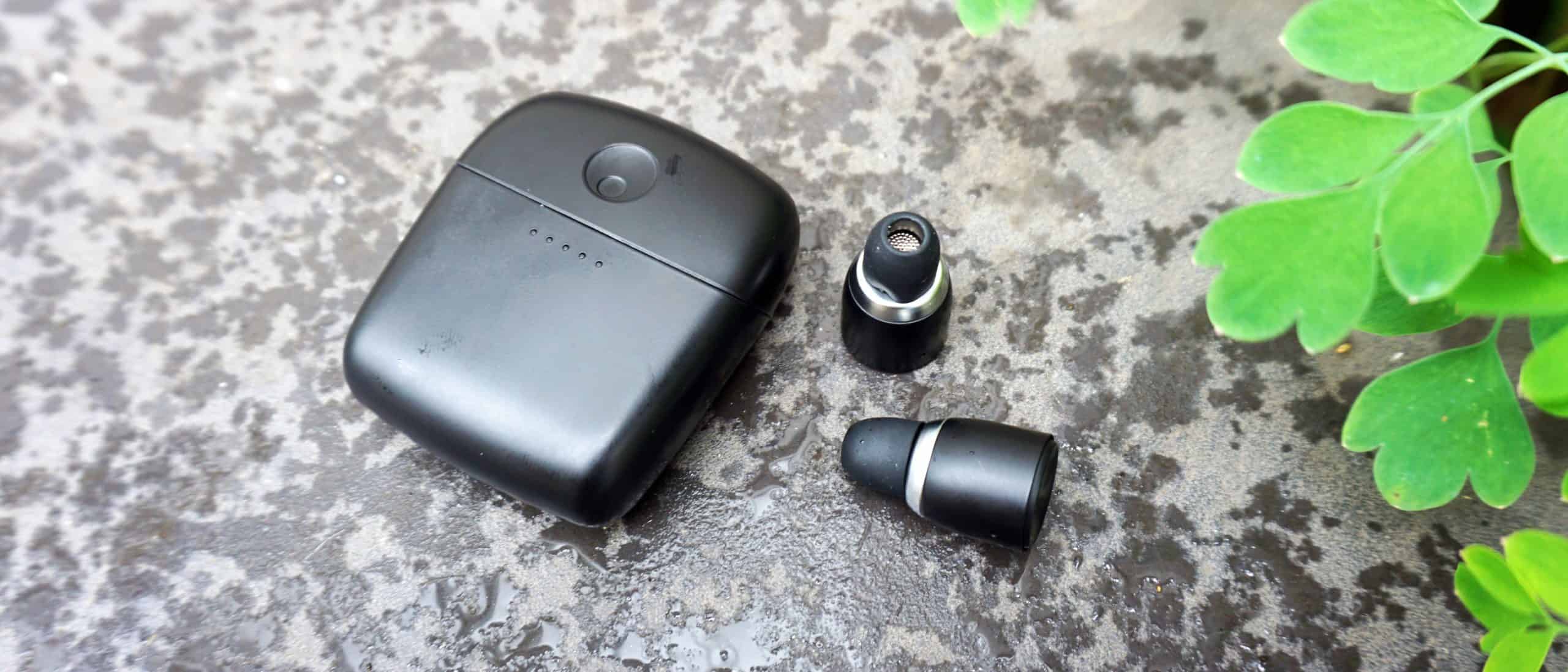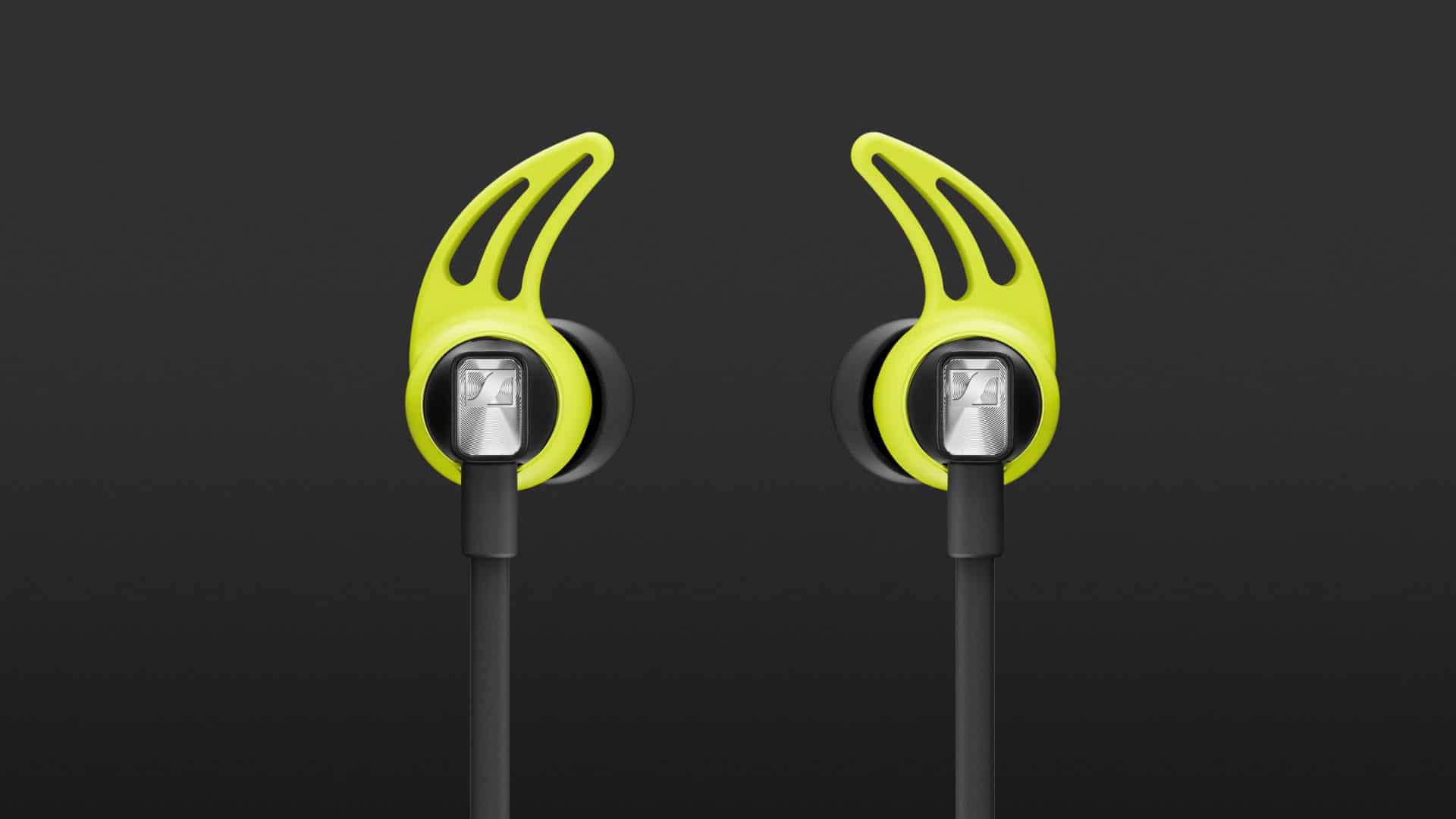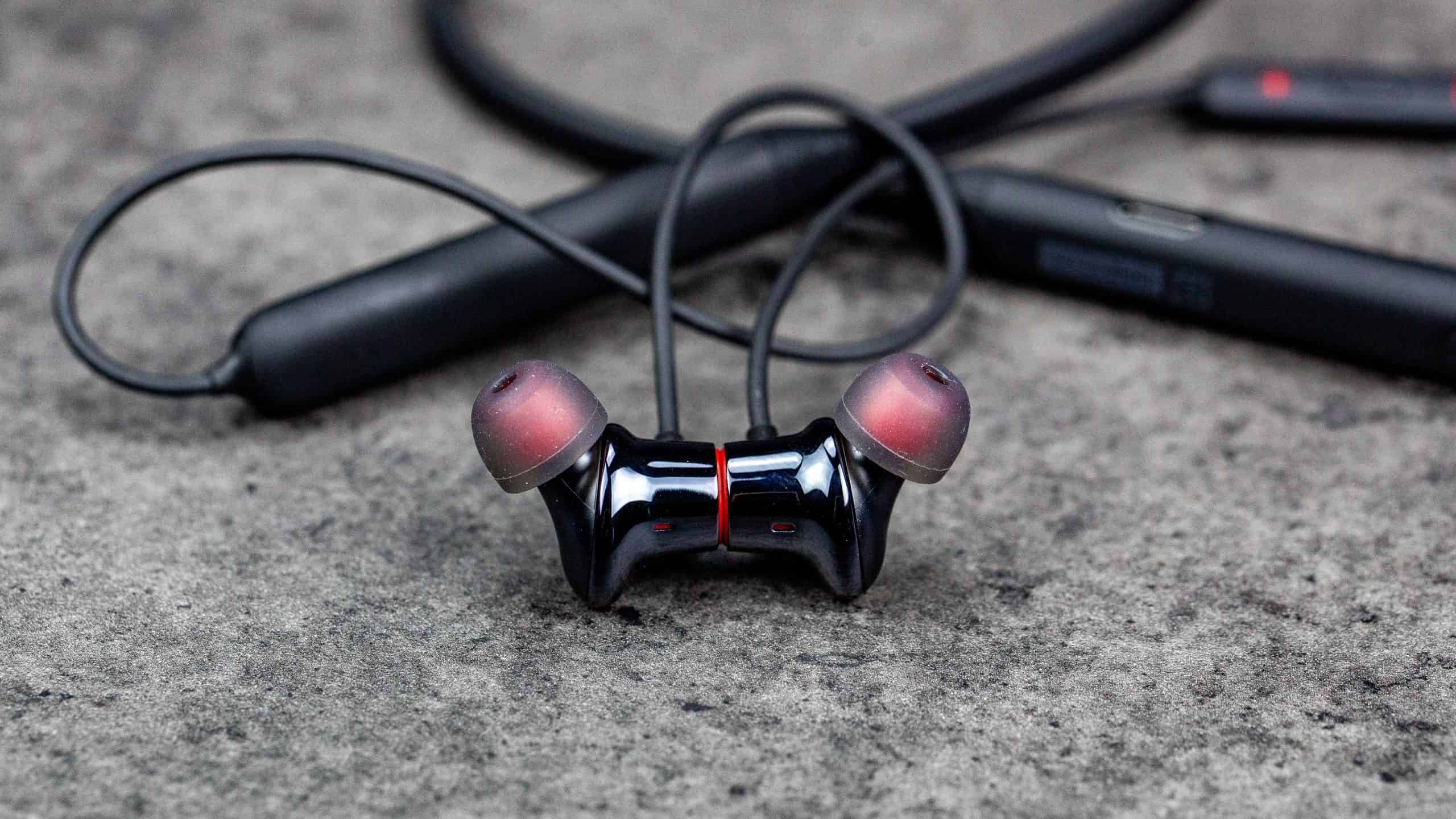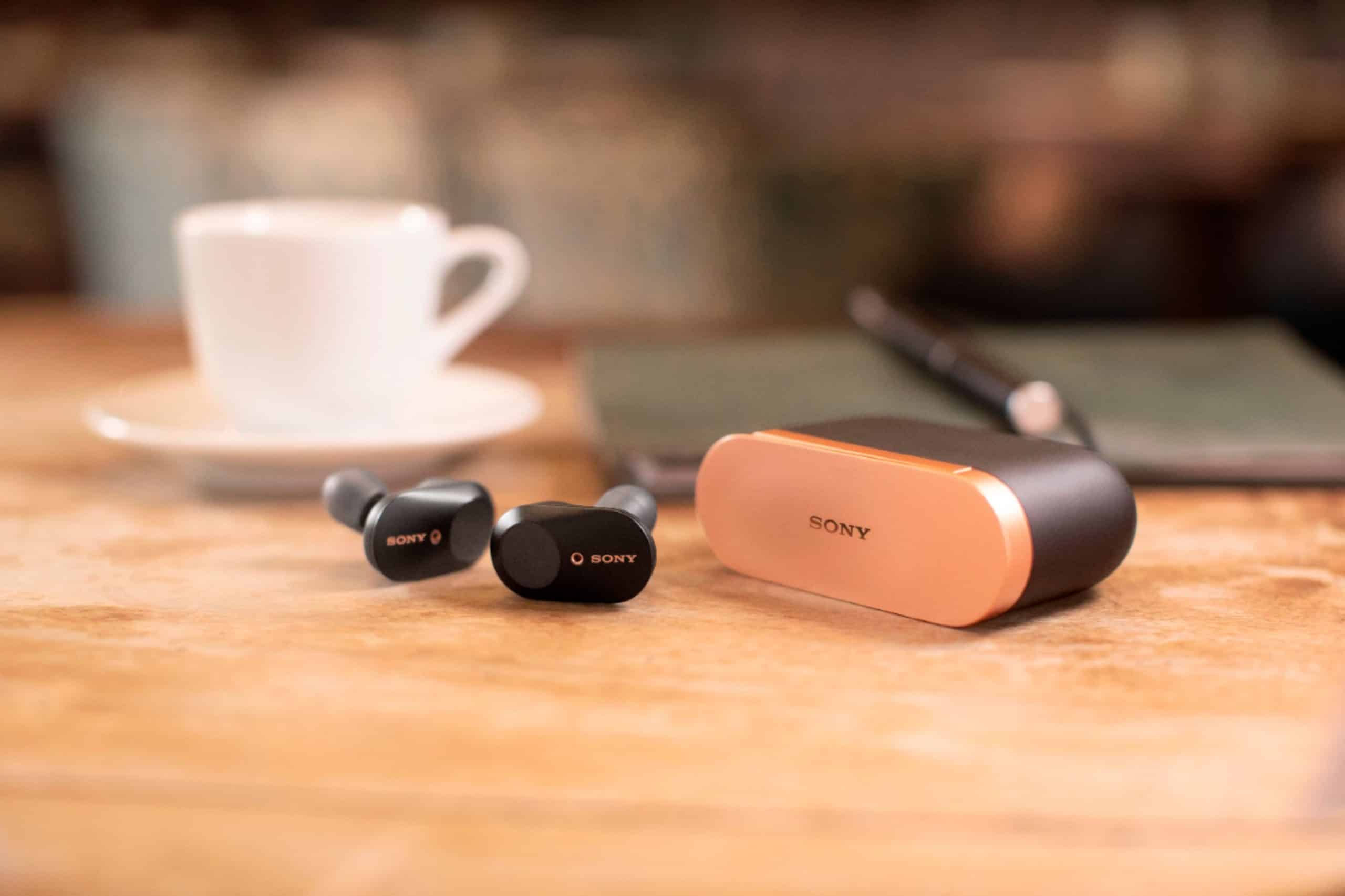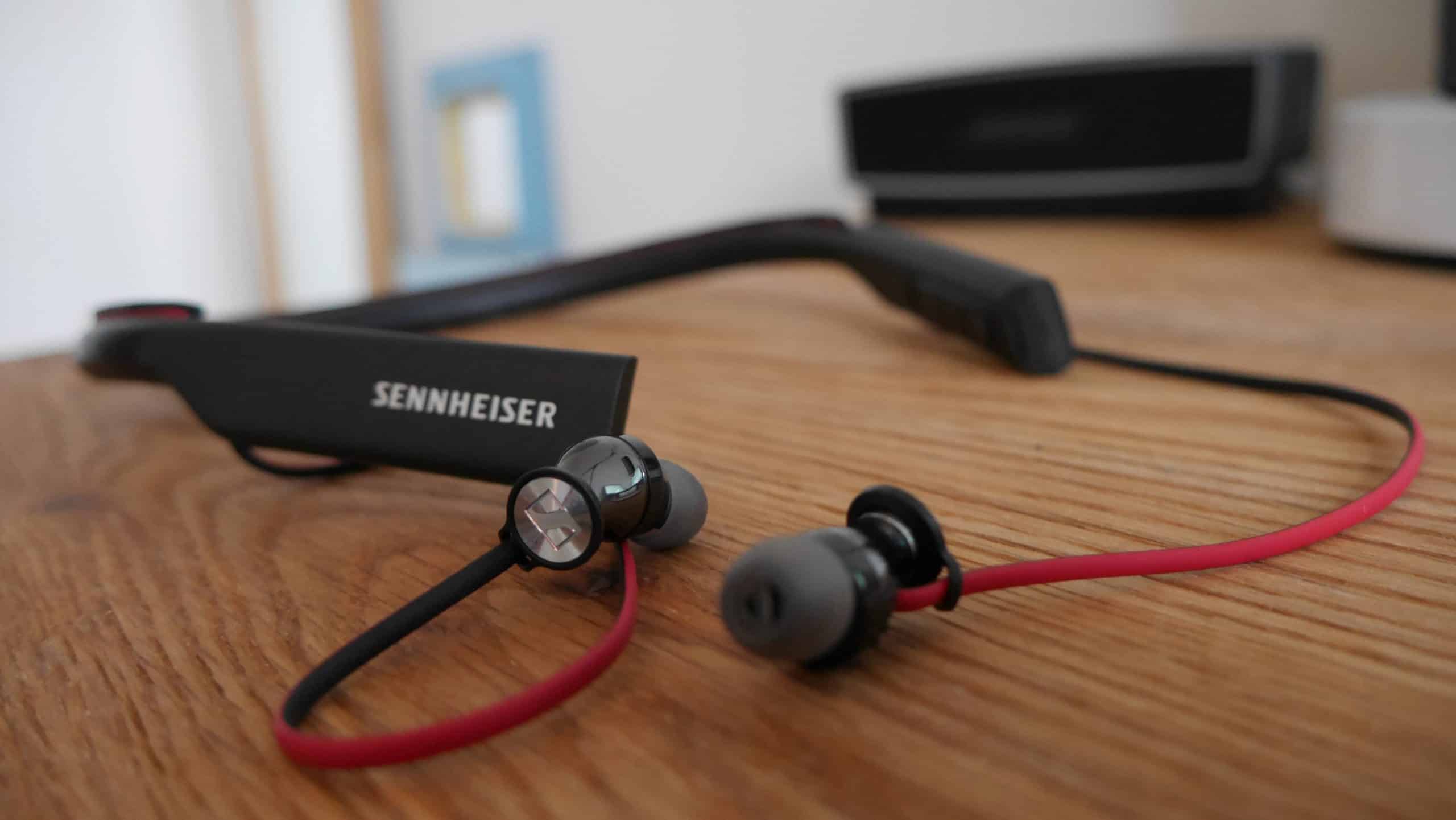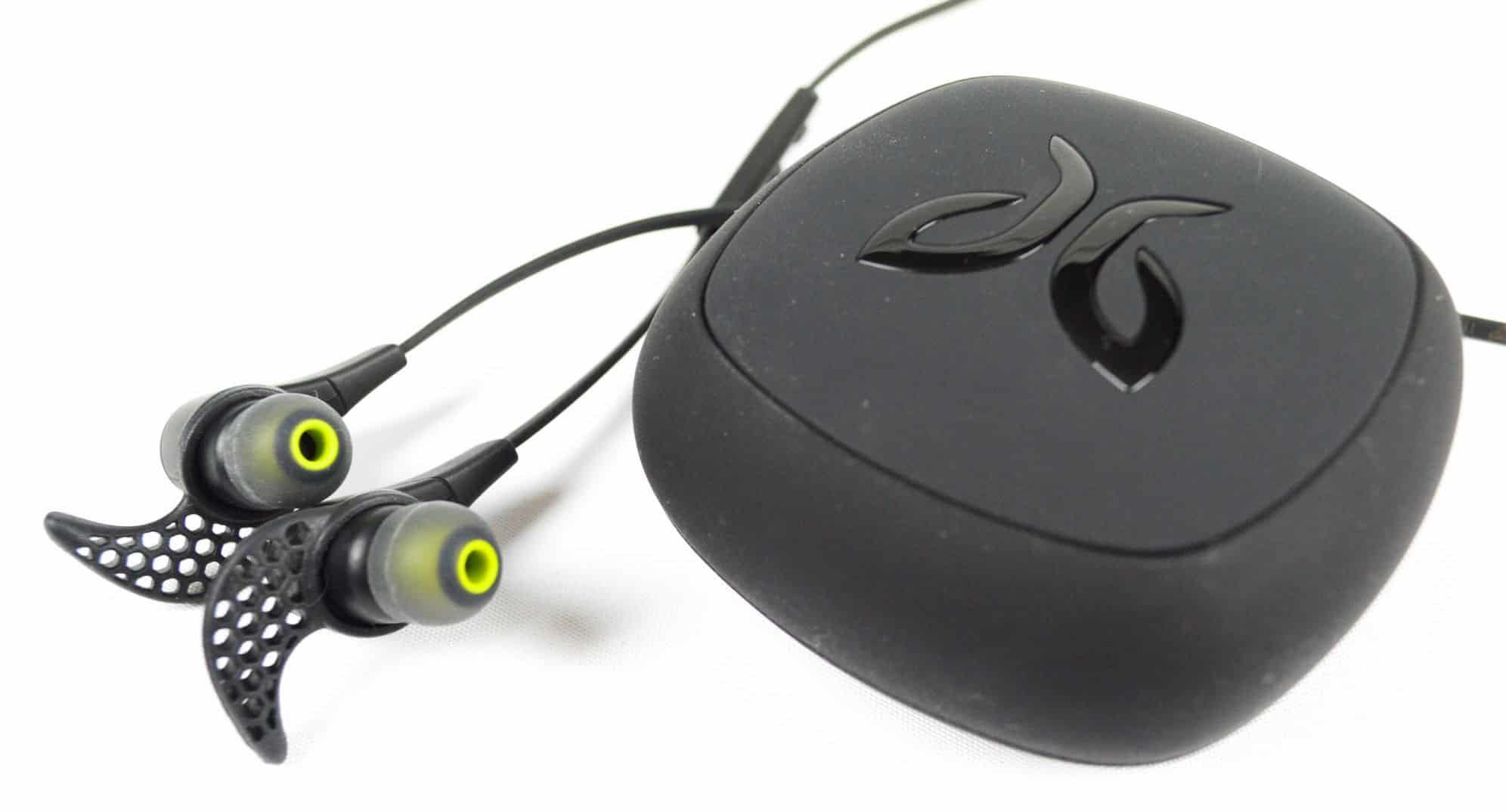If you are new to the world of personal audio, you may look to compare high impedance vs. low impedance headphones. Also consider checking out wireless vs wired headphones, too. Some of the best headphones, after all, include one of these specifications. So what is impedance in relation to headphones and what are the differences between these two types? Keep reading to find out.
KEY TAKEAWAYS:
- High impedance headphones are built to connect to high load impedance audio sources like preamps, due to built-in electrical resistance.
- Similarly, low impedance headphones are built to connect to low impedance audio sources like smartphones and tablets.
- Some headphones allow for impedance adjustments on the fly, to outpace integrated output impedances.
What is Impedance in Headphones?
When you refer to impedance, you are talking about the relative electrical conductivity. This is not the same as radiation in Bluetooth vs wired headphones. So with headphones, low impedance models match to low impedance audio sources, like phones and turntables, whereas high impedance models match to high impedance audio sources. Impedance matching is important when pairing audio devices, even if you are comparing headphones vs speakers. Or, when comparing studio vs audiophile headphones and gaming headphones vs studio headphones, which can have low or high impedance depending on the brand and model.
Differences Between High Impedance and Low Impedance Headphones
There is no real difference between the two regarding audio quality, so the primary difference refers to audio compatibility, though compatible audio devices certainly impact audio quality. You can check the compatibility among the pair that we tested: Audio Technica M50 vs M50X. Also, impedance matching transcends all headphone models, even if you are comparing noise-canceling earbuds vs headphones.
Insider Tip
Multi-impedance headphones do tend to be more expensive than either low or high-impedance models, so take that into consideration.
Audio Source Compatibility
As previously suggested, impedance matching is the primary function of a pair of headphones’ impedance specifications. Low impedance headphones typically integrate best with portable devices like smartphones, tablets, and dedicated MP3 players. These low voltage devices match nicely with the relatively low voltage available to low impedance headphones. High impedance headphones need a lot of power to successfully reproduce audio, so they work best with professional audio devices like preamplifiers and related items of stereo equipment.
Volume
Generally speaking, high impedance headphones naturally produce less volume than low impedance headphones, relying on preamps and the like for a much-needed volume boost. However, this is not always true, but true in the majority of cases.
Headphone Amps
If you really want to maximize your volume level and sound quality, invest in a headphone amp, especially if you need great headphones for a guitar amp. These pieces of professional audio technology feature an audio driver that gives a boost to high impedance devices, or low impedance cans in some cases. They aren’t always the most portable solution, but some modern headphones include integrate amps.
Multi-Impedance Headphones
Some modern headphones also allow for multiple impedance settings to match nearly any associated audio device. These headphones typically allow users to switch impedance settings on the fly, low impedance when using your smartphone, and high impedance when attached to a preamp and professional speakers.
F.A.Q.S
Which impedance best suits my situation?
Headphone impedance truly depends on your audio source impedance, so try to match the impedance load to output impedances for the best experience.
Why are professional microphones all low-impedance?
Similarly, low impedance headphones are built to connect to low impedance audio sources like smartphones and tablets.
How to choose the best headphones?
Choose based on sound quality over the load impedance level. Also, look for a decent transient response, plenty of headphone outputs, and an overall comfort level.
STAT: The impedance is measured in ohms which often range between 8 to 600 ohms, depending on the model of the headphones. However, the impedance ranging between 20-40 ohms is said to be a decent choice for casual music listeners. (source)
REFERENCES:
- https://support.apple.com/en-us/HT212856
- https://www.head-fi.org/threads/wa22-owners-using-the-lcd2s-do-you-use-low-or-high-impedence.569537/
- https://forums.pioneerdj.com/hc/en-us/community/posts/900002499703-DJM-900-NXS-Headphone-compatibility-impedence-r
- https://www.taggdigital.com/blog/ohm-Impedance
- https://www.turntablelab.com/pages/headphone-buying-guide-what-is-headphone-impedance
















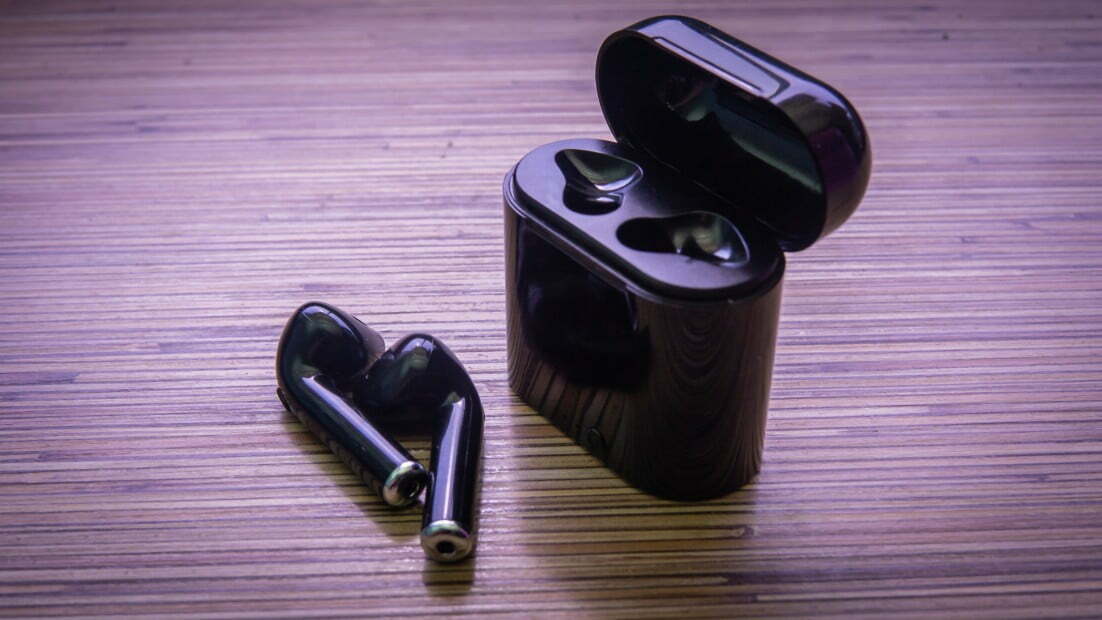


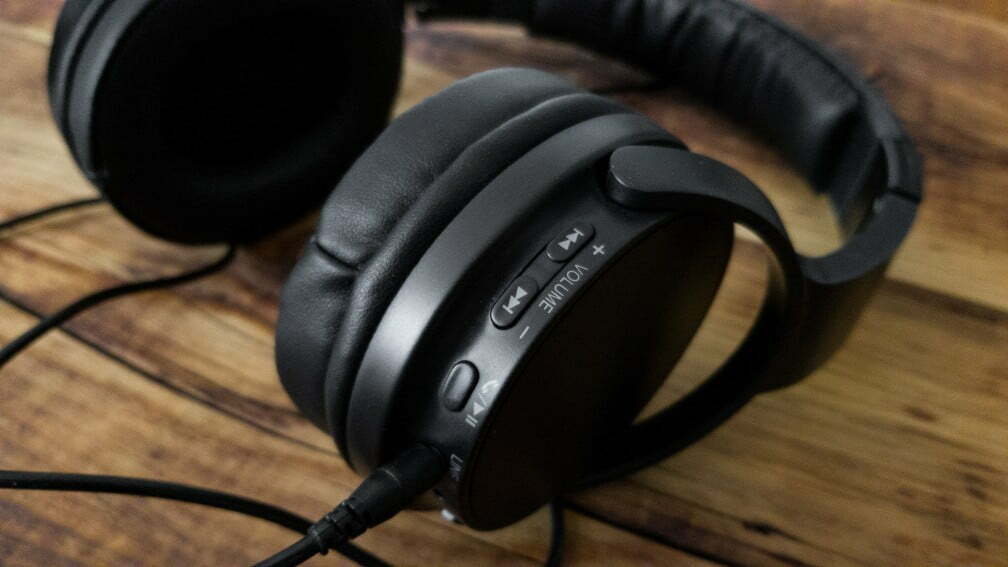














![Best Over-Ear Headphones for Working Out in [year] 27 Best Over-Ear Headphones for Working Out in 2026](https://www.gadgetreview.dev/wp-content/uploads/best-over-ear-headphones-for-working-out-image-scaled.jpg)
![Best Sennheiser Headphones in [year] 28 Best Sennheiser Headphones in 2026](https://www.gadgetreview.dev/wp-content/uploads/best-sennheiser-headphones-image-1.jpg)
![Best Sony Headphones in [year] 29 Best Sony Headphones in 2026](https://www.gadgetreview.dev/wp-content/uploads/best-sony-headphones-image-1.jpg)
![Best Open Back Headphones in [year] 30 Best Open Back Headphones in 2026](https://www.gadgetreview.dev/wp-content/uploads/best-open-back-headphones-image-1.jpg)
![Best Headphones in [year] ([month] Reviews) 31 Best Headphones in 2026 (January Reviews)](https://www.gadgetreview.dev/wp-content/uploads/best-over-the-ear-headphones.jpg)
![Best Noise Cancelling Headphones for Sleeping in [year] 32 Best Noise Cancelling Headphones for Sleeping in 2026](https://www.gadgetreview.dev/wp-content/uploads/best-noise-cancelling-headphones-for-sleeping-image-1.jpg)
![Best Noise-Cancelling True Wireless Earbuds in [year] 33 Best Noise-Cancelling True Wireless Earbuds in 2026](https://www.gadgetreview.dev/wp-content/uploads/best-noise-cancelling-true-wireless-earbuds-image.jpg)
![Best Headphones with a Mic in [year] 34 Best Headphones with a Mic in 2026](https://www.gadgetreview.dev/wp-content/uploads/best-headphones-with-mic-image.jpg)
![Best Headphones for Sleeping in [year] 35 Best Headphones for Sleeping in 2026](https://www.gadgetreview.dev/wp-content/uploads/best-headphones-for-sleeping-image.jpg)
![Best Headphones for Teens in [year] 36 Best Headphones for Teens in 2026](https://www.gadgetreview.dev/wp-content/uploads/best-headphones-for-teens-image.jpg)
![Best Noise Canceling Headphones for Kids in [year] 37 Best Noise Canceling Headphones for Kids in 2026](https://www.gadgetreview.dev/wp-content/uploads/best-noise-cancelling-headphones-for-kids-image.jpg)
![Best Headphones for Music Production in [year] 38 Best Headphones for Music Production in 2026](https://www.gadgetreview.dev/wp-content/uploads/best-headphones-for-music-production-image.jpg)
![Best Wired Headphones in [year] 39 Best Wired Headphones in 2026](https://www.gadgetreview.dev/wp-content/uploads/best-wired-headphones-image.jpg)
![Best USB Headphones in [year] 40 Best USB Headphones in 2026](https://www.gadgetreview.dev/wp-content/uploads/best-usb-headphones-image.jpg)
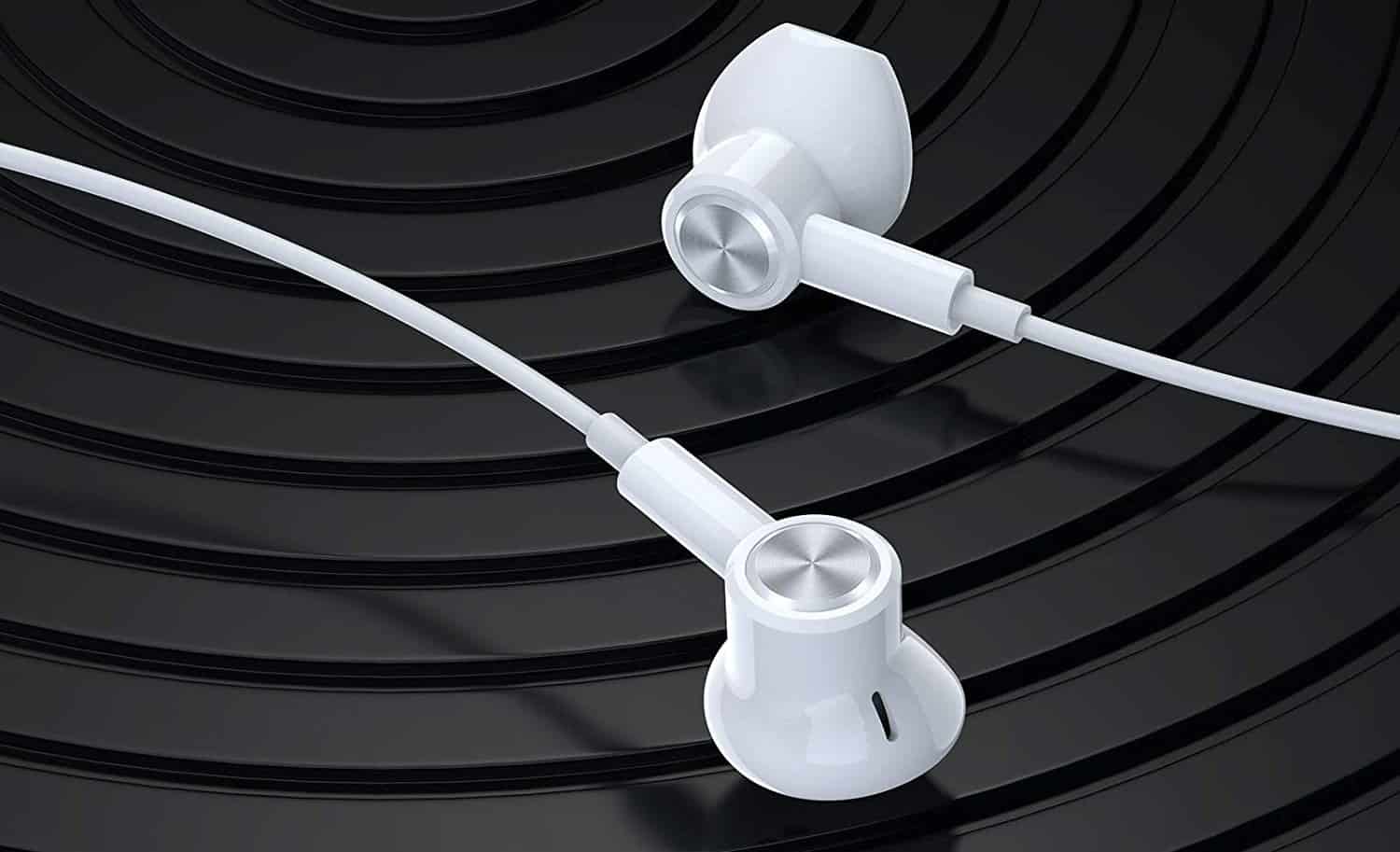
![Best Headphones for Mowing in [year] 42 Best Headphones for Mowing in 2026](https://www.gadgetreview.dev/wp-content/uploads/best-headphones-for-mowing-image.jpg)
![Best Headphones for Music in [year] 43 Best Headphones for Music in 2026](https://www.gadgetreview.dev/wp-content/uploads/best-headphones-for-music-image.jpg)
![Best TV Headphones for Seniors in [year] 44 Best TV Headphones for Seniors in 2026](https://www.gadgetreview.dev/wp-content/uploads/best-tv-headphones-for-seniors-image.jpg)
![Best True Wireless Earbuds in [year] 45 Best True Wireless Earbuds in 2026](https://www.gadgetreview.dev/wp-content/uploads/best-true-wireless-earbud-image.jpg)
![Best Swimming Headphones in [year] 46 Best Swimming Headphones in 2026](https://www.gadgetreview.dev/wp-content/uploads/best-swimming-headphones-image.jpg)






